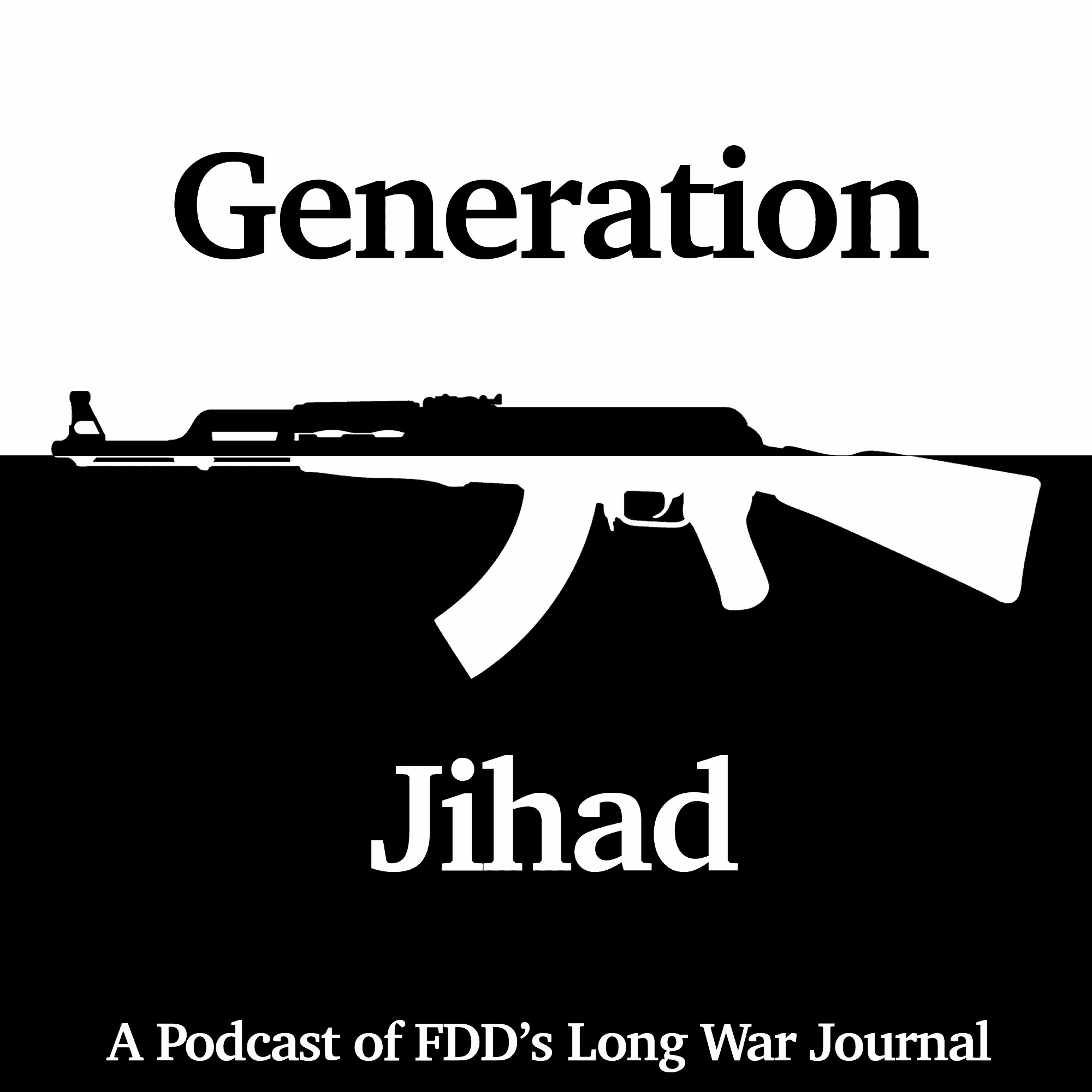
Generation Jihad: Ep. 3 – AQAP Names A New Emir
Hosts Bill Roggio and Tom Joscelyn profile Al Qaeda in the Arabian Peninsula’s (AQAP) new emir, Khalid Batarfi.

Hosts Bill Roggio and Tom Joscelyn profile Al Qaeda in the Arabian Peninsula’s (AQAP) new emir, Khalid Batarfi.

In a follow up to episode one, hosts Bill Roggio and Tom Joscelyn explain why wishful thinking in Afghanistan has led the U.S. to portray the Taliban as something it is not. True peace is not on the horizon.

Hosts Bill Roggio and Tom Joscelyn review the U.S.-Taliban withdrawal agreement and why it isn’t a true peace deal.

Each week the Generation Jihad podcast will bring you a new story focusing on jihadism around the globe.
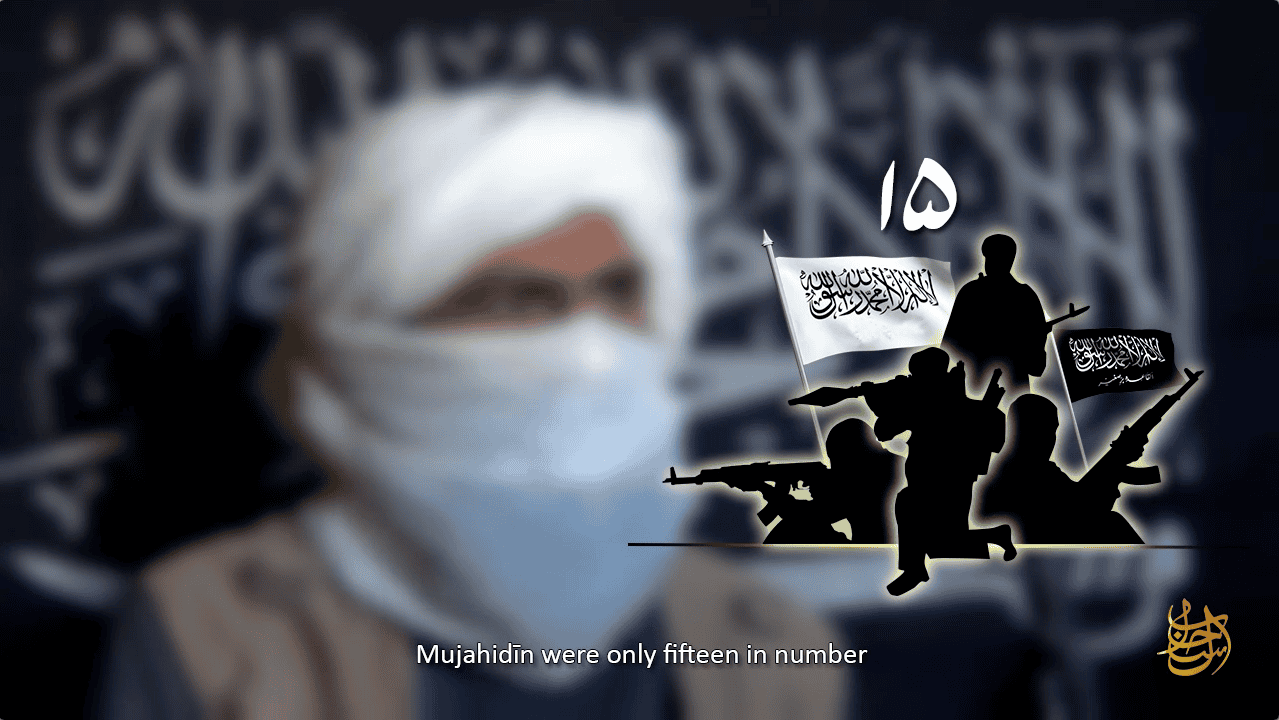
Secretary of State Mike Pompeo claims the Taliban has agreed to “destroy” al-Qaeda as the U.S. withdraws from the country. The text of the withdrawal agreement doesn’t say that and the Trump administration hasn’t explained how the Taliban’s alleged “break” from al-Qaeda will be verified or enforced.
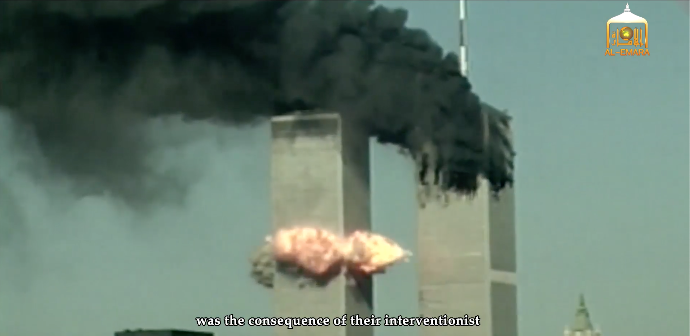
The Taliban describes al Qaeda’s Sept. 11, 2001 attack on the US as a “heavy slap on their dark faces,” claiming it “was the consequence of their interventionist policies and not our doing.” Additionally, the Taliban says it will not talk to the Afghan government, will fight Afghan security forces to the end, rejects the presence of foreign forces on Afghan soil, and calls western culture uncivilized.
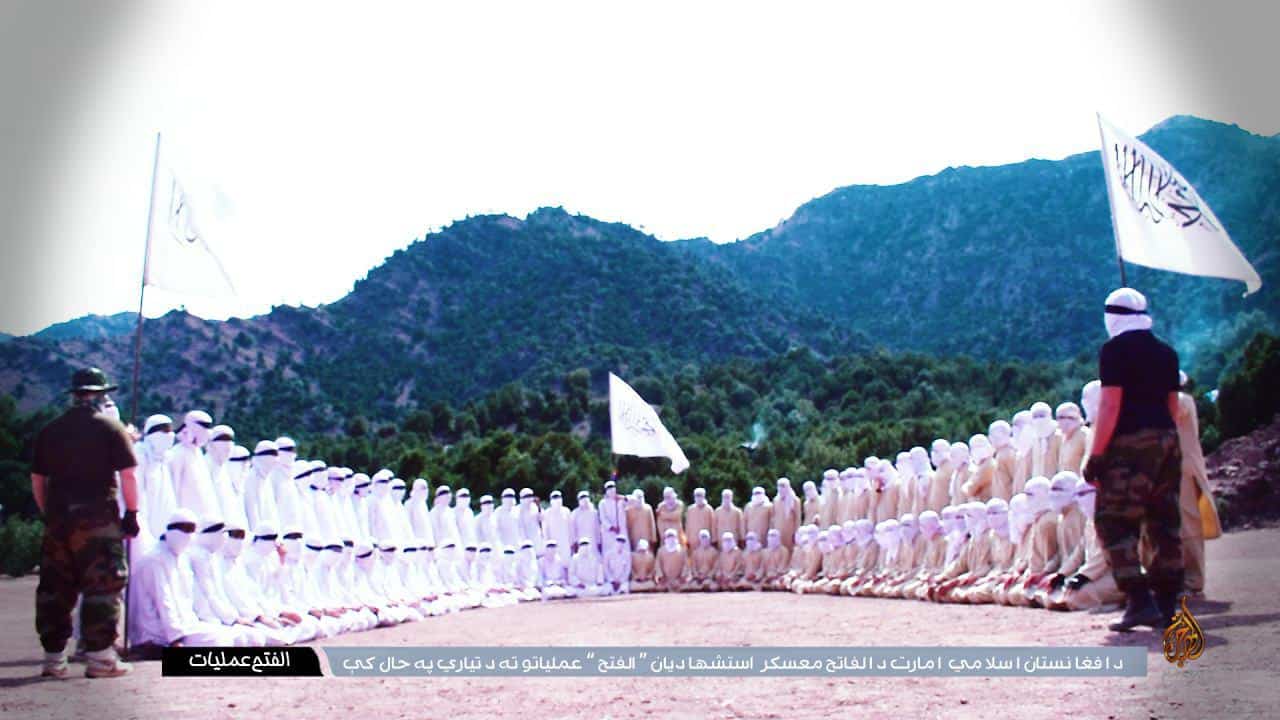
The U.S. military and NATO have stopped producing an assessment that was considered key for measuring progress against the jihadist insurgency in Afghanistan, according to a report released on April 30 by the Special Inspector General for Afghanistan Reconstruction (SIGAR). The metric, which tracked district stability, was one of the “most widely cited Afghan security […]

Zalmay Khalilzad, the Trump administration’s top envoy for talks with the Taliban, claims that he is already satisfied with the Taliban’s counterterrorism assurances. But the Taliban’s close relationship with al Qaeda stretches from the 1990s until today. The Taliban should be required to publicly renounce al Qaeda in any final deal with the US. Even then, the break would need to be verified.
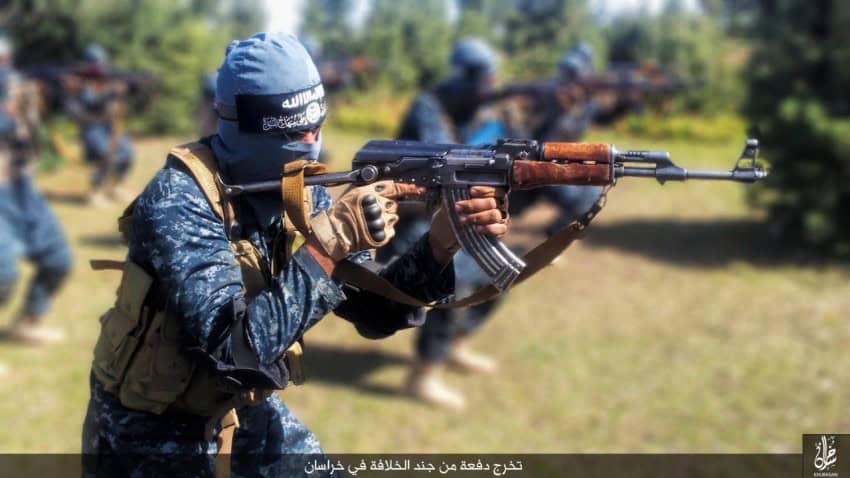
According to the UN’s Jan. 2019 assessment, al Qaeda’s relationship with the Taliban is “long-standing” and “strong.” And al Qaeda “continues to see Afghanistan as a safe haven for its leadership.” The UN estimates that the Islamic State has several thousand fighters in Afghanistan as well.
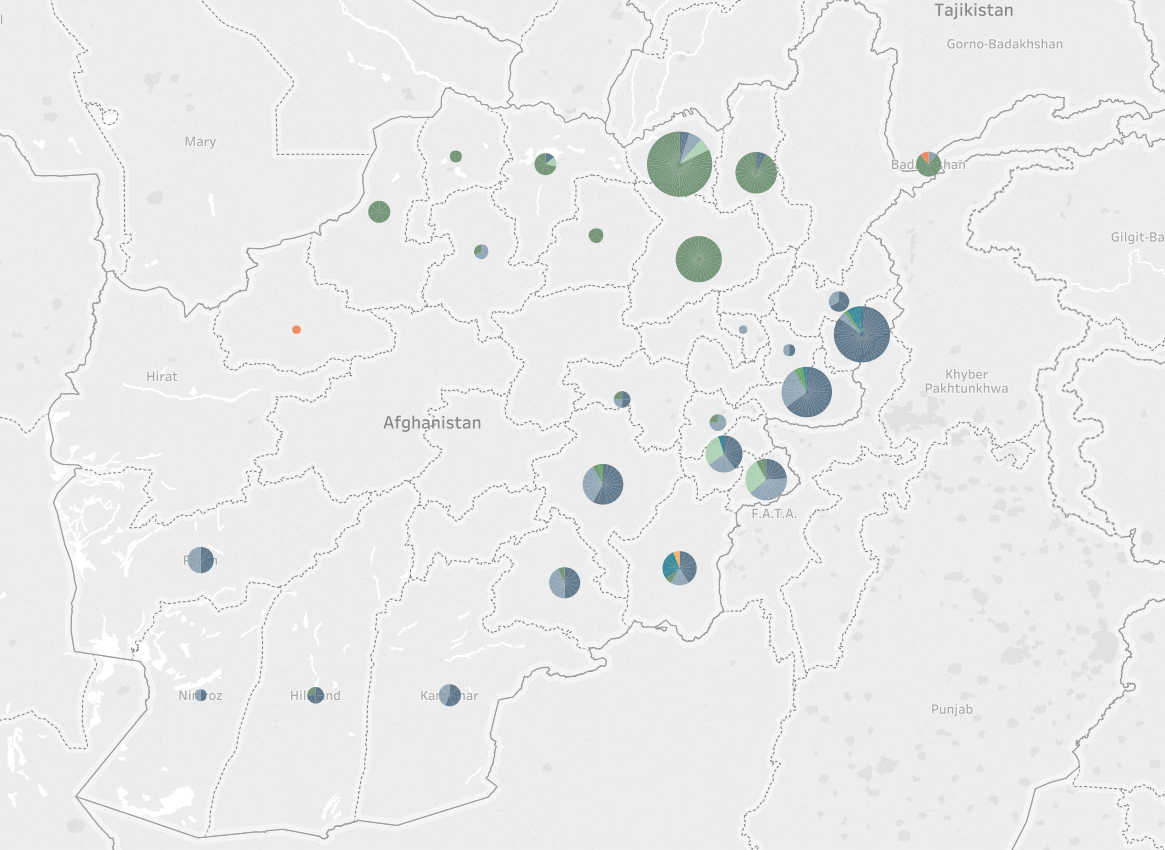
The Taliban claims it does “not allow anyone to use the soil of Afghanistan against other countries including neighboring countries.” Some have uncritically accepted this claim. But it is obviously false.
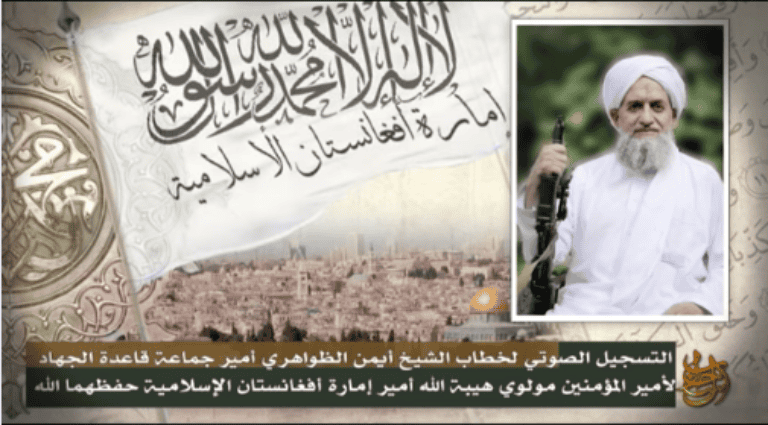
President Trump’s decision to withdraw American forces from Afghanistan will have consequences. The Taliban and al Qaeda will declare victory, while the US will find it harder to hunt terrorists throughout the region.
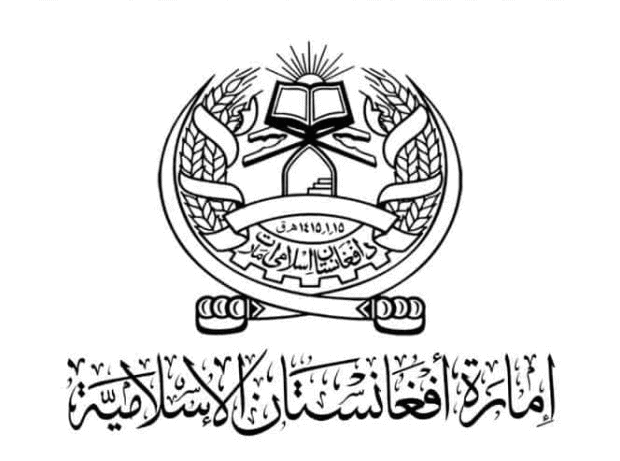
The Taliban has a released a series of statements threatening the Afghan elections this week. The statements are attributed to three different commissions within the Taliban’s Islamic Emirate of Afghanistan, which operates as a shadow government throughout much of the country.
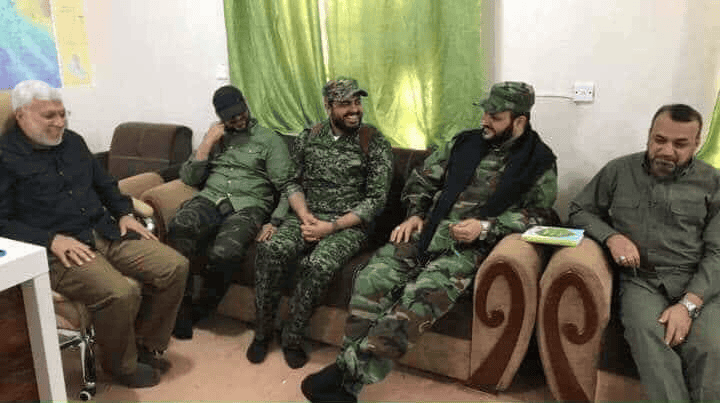
A newly released interrogation report shows that Qayis al-Khazali identified Abu Mahdi al-Muhandis and Abu Mustafa al-Sheibani as the two individuals Iran trusted “the most with attempting to implement the Iranian agenda in Iraq.” The pair went from being marginal players shortly after the US-led invasion in 2003 to leading the Iranian-backed Popular Mobilization Forces, one of most powerful and influential military organizations in Iraq.
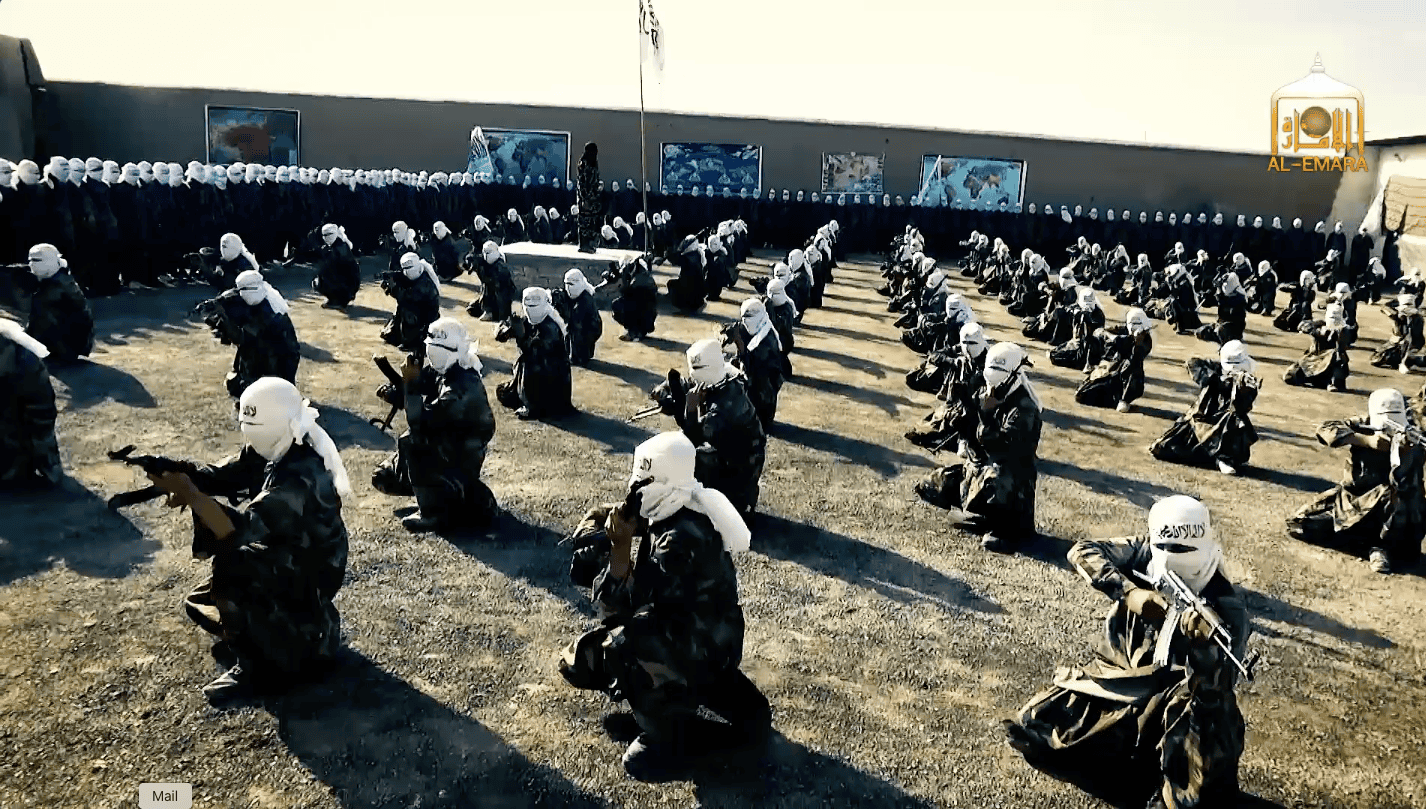
The Taliban has rejected a request by the Afghan government to extend its three-day ceasefire. The Taliban claims that the short-lived lull in the fighting proved that it has command-and-control over its forces throughout the country and that the mujahideen enjoy popular support.
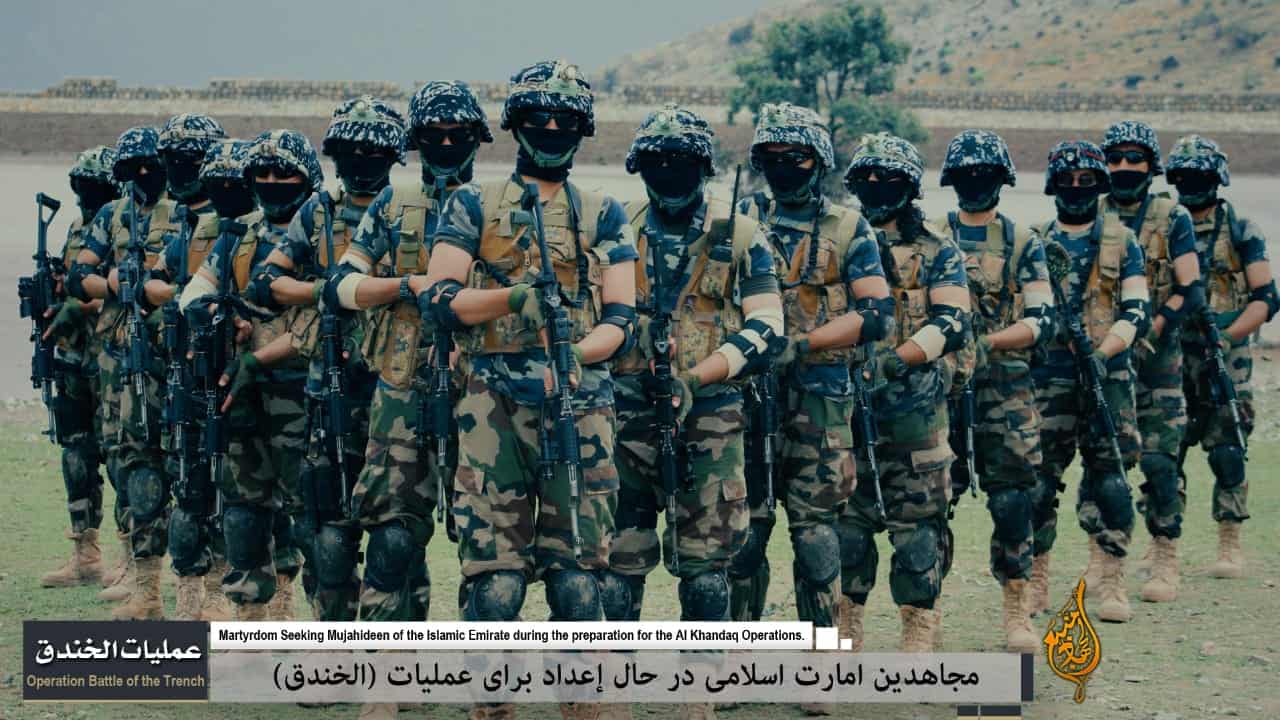
The Taliban has announced that it will refrain from offensive operations against the Afghan government for three days during the Eid holiday. However, this is a shorter timeframe than the Afghan government’s announced ceasefire. And the jihadists say they will continue to attack the “foreign occupiers,” meaning the US and allied forces, during this brief respite. The Taliban also does not say it will participate in meaningful peace talks with the Afghan government.
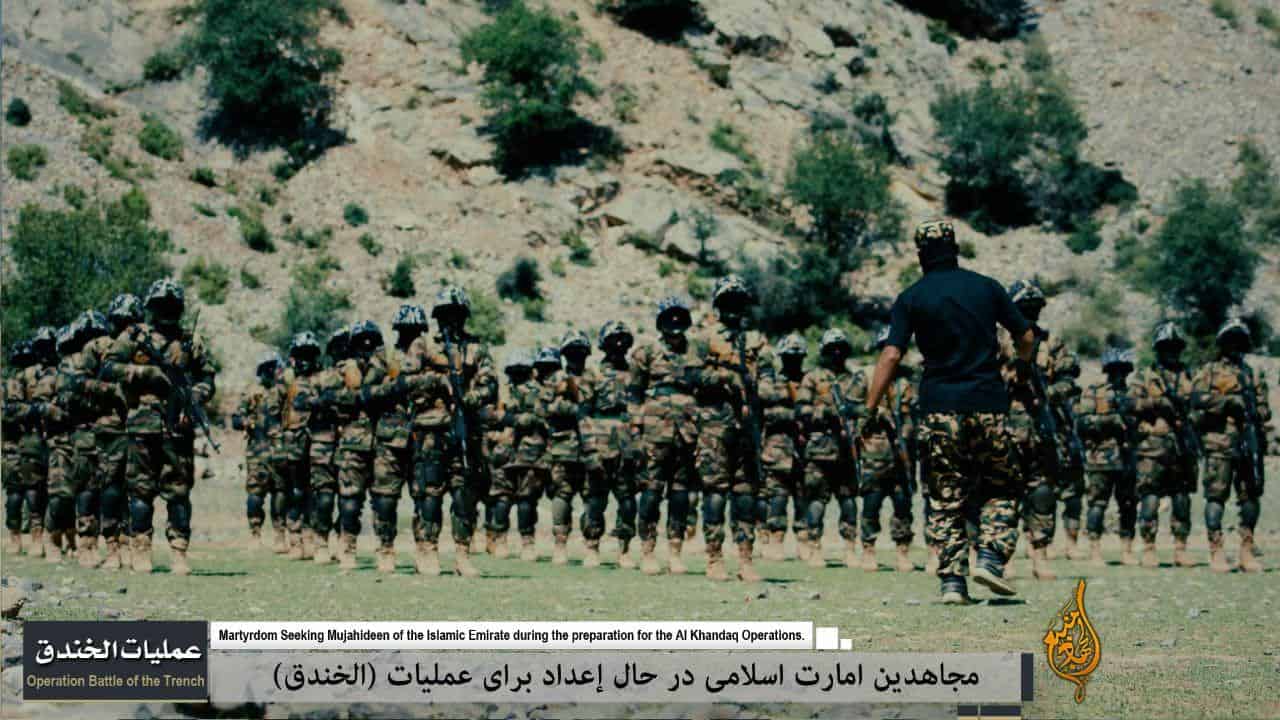
The government of Afghanistan announced yesterday that it has entered into a unilateral ceasefire with the Taliban. Gen. John Nicholson, who oversees the US-led war effort, claimed it was a “bold initiative for peace.” But the thinking behind the ceasefire is confused.

One of the leaders “planned” the March 2015 Bardo Museum attack in Tunis, which was claimed by the Islamic State. Another serves as Shabaab’s deputy emir.
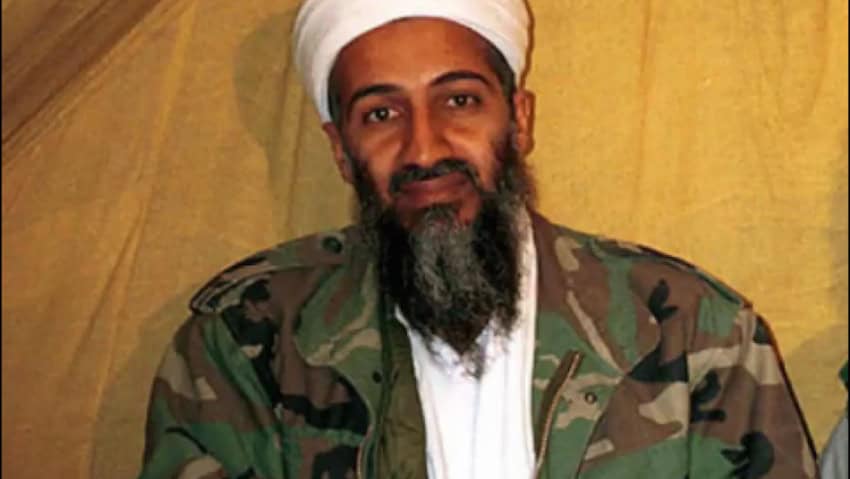
The CIA is releasing hundreds of thousands of documents, images, and computer files recovered during the May 2011 raid on Osama bin Laden’s compound in Abbottabad, Pakistan. The newly-available material provides invaluable insights into the terrorist organization that struck America on September 11, 2001.
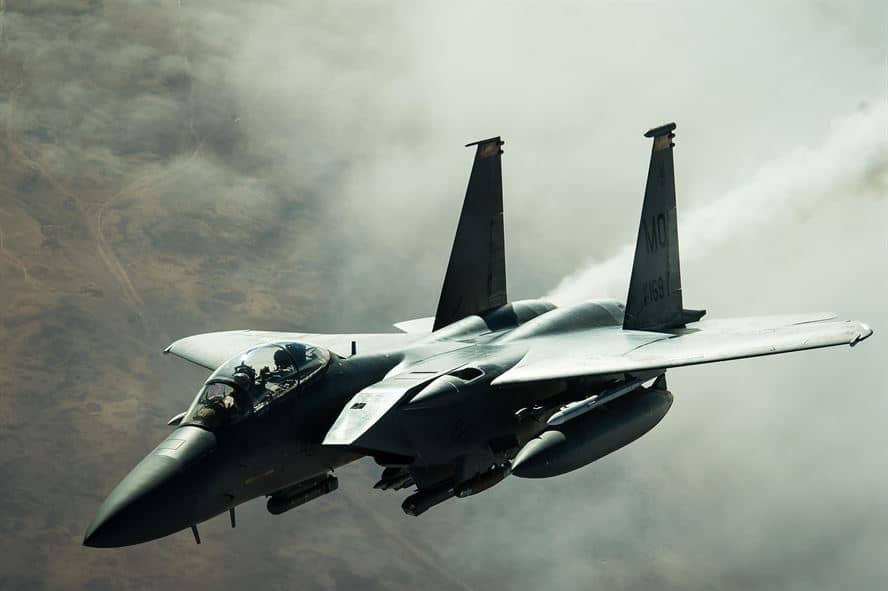
US Africa Command launched airstrikes against the Islamic State in Libya for the first time in eight months. AFRICOM also revealed to FDD’s Long War Journal that an estimated 800 to 900 Islamic State fighters were killed during Operation Odyssey Lightning’s air campaign in Sirte last year.

A complete US withdrawal from Afghanistan would have been disastrous. The US government needs to drastically reassess America’s jihadist enemies and avoid the policy pitfalls of the past.

The Taliban has released an “open letter” to President Trump urging him to “adopt the strategy of a complete withdrawal from Afghanistan instead of a troops increase.” The propaganda letter contains several erroneous or misleading claims. It is also disingenuous with respect to the jihadist threat emanating out of Afghanistan.
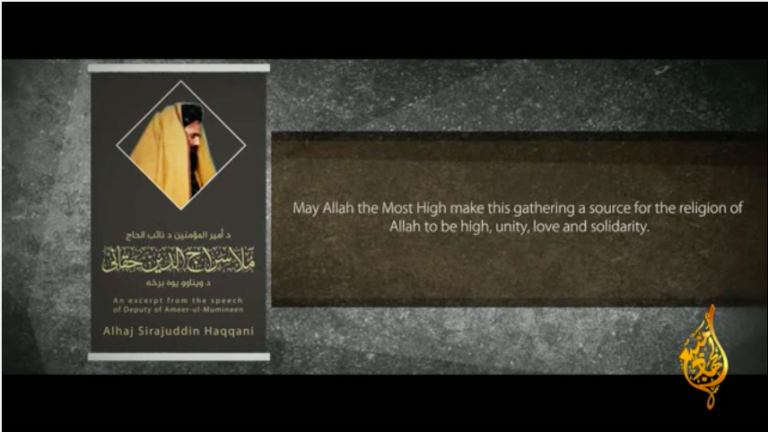
The State Department’s newly released Country Reports on Terrorism says that Pakistan “did not take substantial action against the Afghan Taliban,” including the Haqqani Network, in 2016. The Taliban’s leadership has long had a presence in Pakistan.

The Taliban has issued a second statement denying any responsibility for the May 31 bombing in Kabul. Afghanistan’s National Directorate of Security (NDS) has accused the Haqqani Network and Pakistan of orchestrating the attack. The Taliban claims the NDS is lying and defends the Haqqanis, once again affirming their key role in the organization.
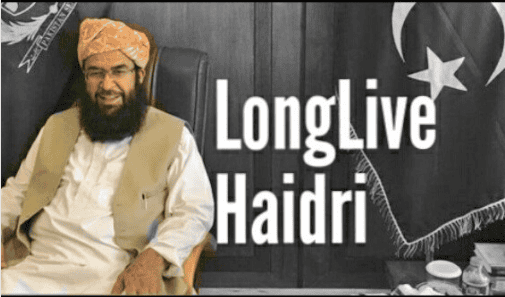
The Islamic State’s Wilayah Khorasan has claimed responsibility for a suicide bombing that targeted Maulana Abdul Ghafoor Haideri, the deputy chairman of Pakistan’s Senate. Haideri was injured. Dozens of others were also killed or wounded in the blast, which was launched in Pakistan’s Baluchistan province.
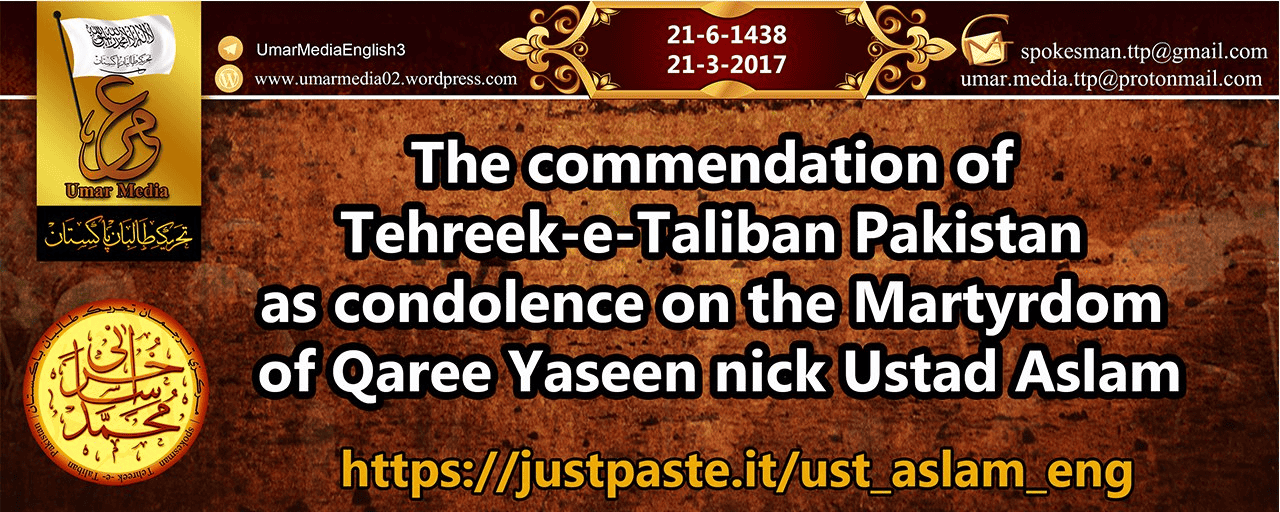
The Pakistani Taliban confirmed today that Qari Muhammad Yasin, a senior al Qaeda military commander, was killed along with three of his “companions” in a US drone strike on Mar. 19. The airstrike was carried out in Afghanistan’s eastern Paktika province. Yasin was a member of the Punjabi Taliban, which includes jihadists from various other Pakistani terrorist organizations who are aligned with al Qaeda.
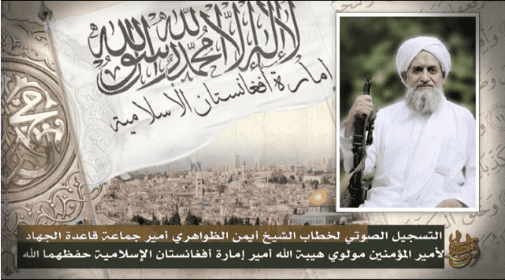
The US has killed or captured approximately 250 al Qaeda and al Qaeda in the Indian Subcontinent leaders and members in Afghanistan in 2016. US officials have downplayed the extent of al Qaeda’s presence in the country for years. After the raids this year, US intelligence should prepare a fresh assessment.

A new video from the Taliban features several images and clips of al Qaeda leaders, further demonstrating that the two remain firmly allied more than 15 years after the 9/11 hijackings.

General John W. Nicholson Jr., who leads NATO’s Resolute Support and US Forces Afghanistan, said yesterday that the US is hunting al Qaeda in Afghanistan’s Kandahar, Zabul, Paktika, Ghazni, Kunar, Nuristan and Nangarhar provinces. His comments are just the latest indication that al Qaeda’s presence in Afghanistan has been underestimated.
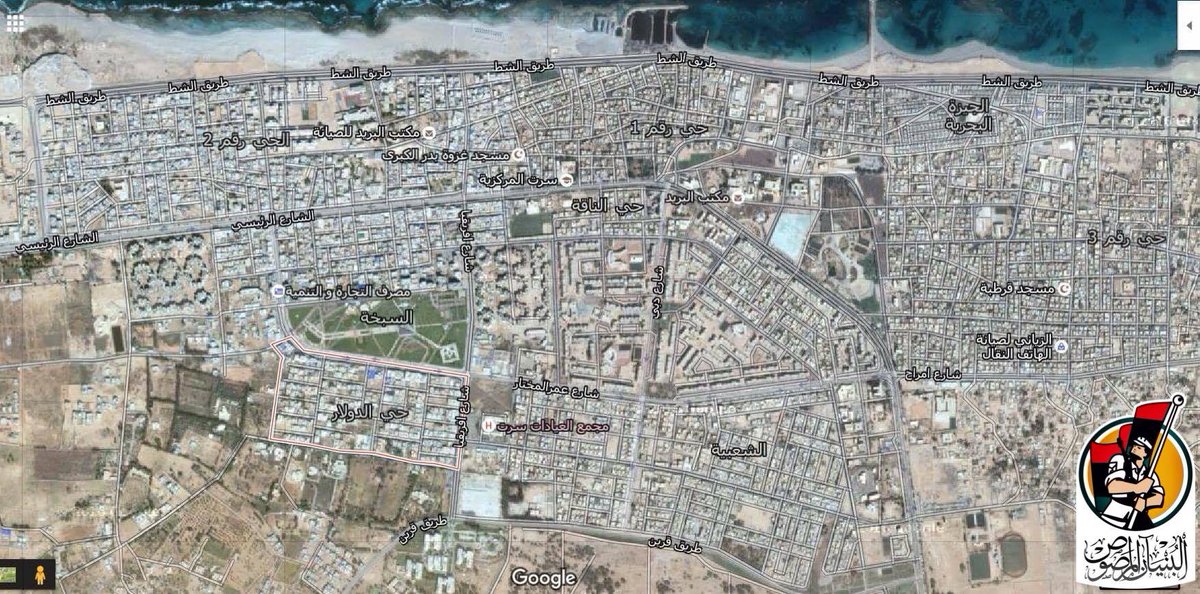
The US announced today that it has carried out airstrikes in support of local fighters who are trying to dislodge the Islamic State from the Libyan city of Sirte. After initially advancing in May and early June, an offensive launched by the “Solid Structure” operations room ground to a halt, which likely prompted the US to assist with air support.

Amaq News Agency, a propaganda arm of the Islamic State, reports that Abu Omar al Shishani has been killed south of Mosul. In March, Amaq denied that Shishani was killed in an American airstrike in Syria.